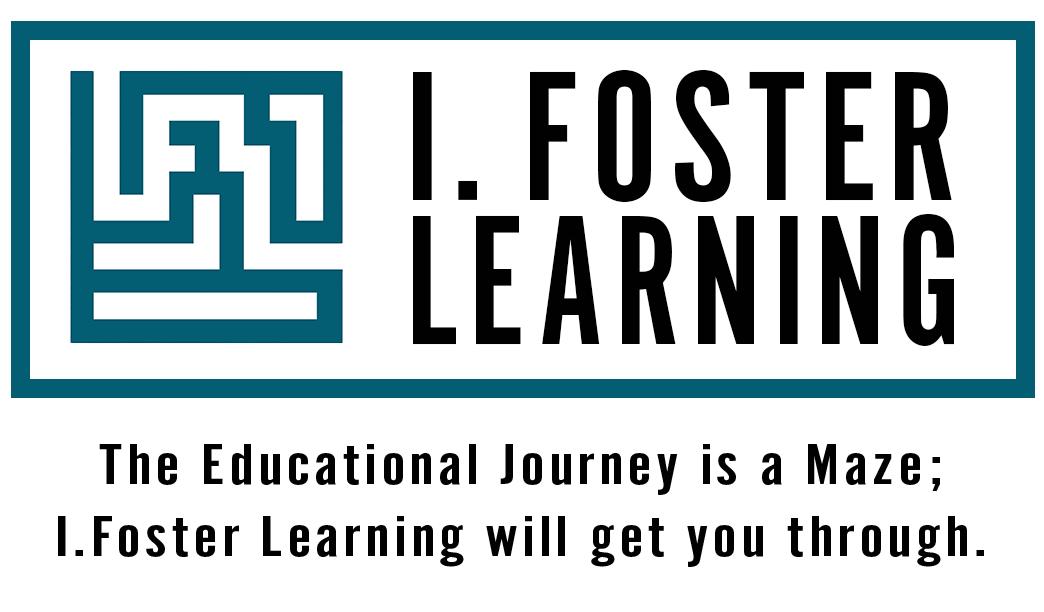Adapting to Techology
Just like driving lessons, summer jobs, and tough social situations, our children’s time at school presents us with parenting challenges. When issues with school arise, it’s easy to feel we either are one step behind or need the answer instantly. Over the next few months, our newsletters will be exploring this topic: as parents, what is the role we play in the new educational landscape?
When we think about school, we often reflect on our own experiences. But technology has added a new dimension to students’ lives. Today, students need to navigate not only shared documents and class portals, but also social media, misinformation, and AI. The college application process is unrecognizable to many of us. Gone are the days of fat and thin envelopes: now students face digital testing, virtual tours and online applications. And while our students are often more adept than we are with this technology, parents need to know what it means for the learning environment.
First and foremost, every student needs to know their school’s policy on AI usage. We recommend parents take the time to read over these policies, too. Expect to find that the issue is not black and white. For example, a school might allow programs like Grammarly but ban AI programs that generate essay drafts. The consequences of breaking the rules can range from poor grades to disciplinary actions added to a student’s file. Know your school policy and talk to your child.
Having conversations about school AI policies not only helps to avoid negative consequences but also teaches the importance of thoughtful engagement and hard work. Even when using Grammarly, students should read through suggestions/corrections, not blindly accept the changes. Remind them that while AI can make good suggestions, it is sometimes inaccurate.
Once students understand how to engage thoughtfully with AI, they can explore how to use it constructively: from practicing a foreign language with Chat GPT to improving time management with AI scheduling tools. AI is also making great strides in communication with students who have vision, hearing or speech issues, and there may be exciting opportunities to leverage these AI capabilities in group projects and presentations.
Simply put, now is the time to learn school policies, talk about AI and encourage positive engagement, to point students in the right direction as the technology develops.
